Creating your own signature scent at home is an exciting and rewarding process that allows you to craft a unique fragrance tailored to your preferences. Whether you want to experiment with different essential oils, control the ingredients you use, or simply enjoy the creative process, DIY perfume-making is an art that anyone can master. In this comprehensive guide, we will take you through the step-by-step process of making your own perfume, from selecting the right ingredients to perfecting the final scent.
Why Make Your Own Perfume?
1. Personalization
By making your own perfume, you can create a truly unique fragrance that reflects your personality and style. Unlike commercial perfumes that follow mass-market trends, your DIY perfume can be customized to suit your individual preferences.
2. Cost-Effective
High-end perfumes can be expensive, but by making your own, you can save money while still enjoying luxurious scents. Many high-quality essential oils and fragrance bases are available at a fraction of the cost of designer perfumes.
3. Avoiding Harmful Chemicals
Many commercial perfumes contain synthetic chemicals and preservatives that can irritate the skin or cause allergic reactions. By using natural ingredients, you can ensure that your perfume is safe and free from harmful additives.
4. Fun and Creative Process
Perfume-making is both an art and a science, allowing you to experiment with different scent combinations and develop a fragrance that is uniquely yours.
Understanding Fragrance Notes
Before creating your own perfume, it is essential to understand the different fragrance notes that make up a well-balanced scent:
- Top Notes – These are the first scents you notice in a perfume and tend to be light and fresh (e.g., citrus, bergamot, lavender, peppermint).
- Middle Notes (Heart Notes) – These emerge once the top notes fade and form the core of the fragrance (e.g., rose, jasmine, cinnamon, ylang-ylang).
- Base Notes – These provide depth and longevity to the perfume, making the scent last longer (e.g., vanilla, sandalwood, musk, patchouli).
A well-balanced perfume contains a harmonious blend of these three types of notes to create a lasting and pleasant fragrance.
Essential Ingredients and Tools for DIY Perfume
1. Essential Oils and Fragrance Oils
Choose a combination of essential oils and fragrance oils to create your desired scent. Essential oils are natural and derived from plants, while fragrance oils are synthetic but provide a more extensive range of scents.
2. Carrier Oils
Carrier oils dilute essential oils and help the fragrance adhere to your skin. Common choices include jojoba oil, sweet almond oil, and fractionated coconut oil.
3. Alcohol or Distilled Water
Perfumes typically contain a base liquid such as perfumer’s alcohol or vodka to help dissolve the oils and improve longevity. Alternatively, you can use distilled water for a lighter scent.
4. Glass Bottles and Droppers
Use dark glass bottles to store your perfume, as they help protect the fragrance from light and oxidation. Droppers allow precise measurement of essential oils.
5. Measuring Tools
A small funnel and measuring cups will help ensure accurate proportions while blending your perfume.
Step-by-Step Guide to Making Your Own Perfume
Step 1: Choose Your Fragrance Profile
Decide on the type of fragrance you want to create. Do you prefer a floral, woody, citrus, or spicy scent? Research different essential oil combinations that complement each other.
Step 2: Prepare Your Base
Fill a dark glass perfume bottle with one tablespoon of carrier oil if you are making an oil-based perfume. If using alcohol, fill about 60% of the bottle with alcohol.
Step 3: Add Essential Oils
Start by adding the essential oils in the following order:
- Base Notes (3-5 drops)
- Middle Notes (5-7 drops)
- Top Notes (7-10 drops)
Step 4: Mix and Let It Rest
Shake the bottle gently to mix the oils. Let the perfume sit in a cool, dark place for at least 48 hours to 6 weeks to allow the scents to blend and mature.
Step 5: Add Distilled Water (Optional)
If you prefer a lighter scent, add one tablespoon of distilled water to dilute the mixture.
Step 6: Transfer to a Perfume Bottle
Once the fragrance has matured, strain the mixture using a fine mesh or coffee filter before transferring it to your final perfume bottle.
DIY Perfume Recipes
Here are some simple recipes to get you started:
1. Floral Elegance
- 5 drops rose essential oil (Middle)
- 3 drops sandalwood essential oil (Base)
- 7 drops bergamot essential oil (Top)
- 1 tablespoon jojoba oil
2. Citrus Bliss
- 6 drops grapefruit essential oil (Top)
- 4 drops lavender essential oil (Middle)
- 3 drops vanilla essential oil (Base)
- 1 tablespoon vodka
3. Woody Spice
- 5 drops cedarwood essential oil (Base)
- 4 drops cinnamon essential oil (Middle)
- 6 drops orange essential oil (Top)
- 1 tablespoon sweet almond oil
Tips for Storing Your DIY Perfume
- Keep it in a cool, dark place to preserve the fragrance.
- Use dark glass bottles to protect the oils from UV light.
- Let the perfume mature before using for a richer scent.
- Apply perfume to pulse points (wrists, neck, behind ears) for better longevity.
Creating your own DIY perfume allows you to craft a fragrance that is uniquely yours while avoiding synthetic chemicals and expensive commercial brands. With a little experimentation and patience, you can master the art of perfume-making and enjoy a signature scent that reflects your personal style.

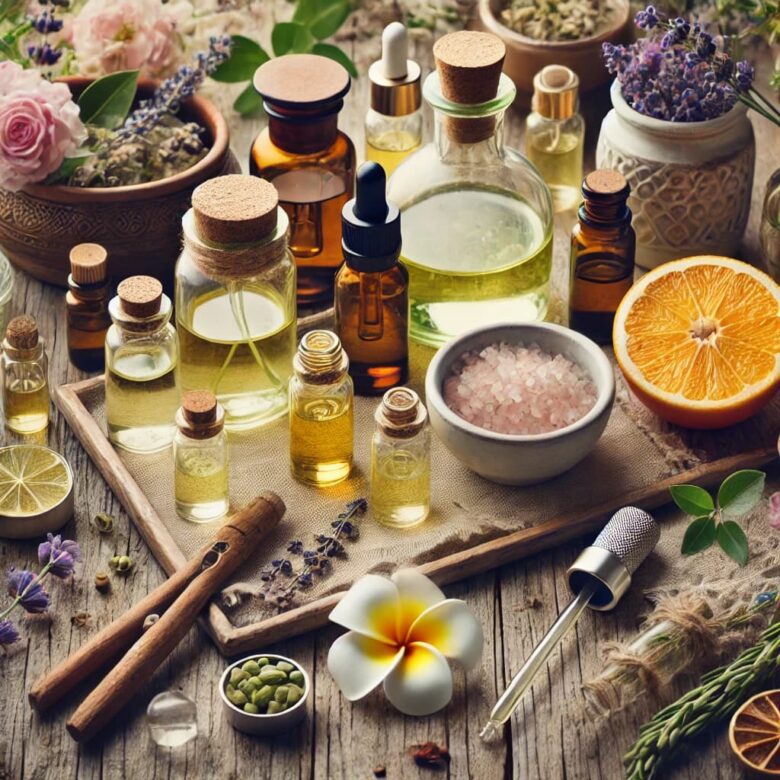
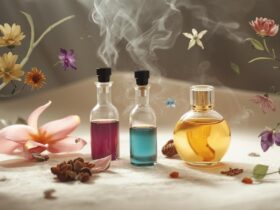

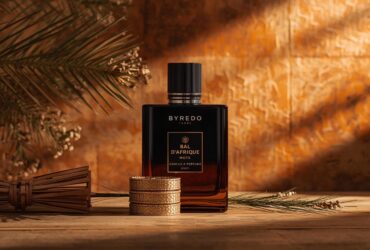

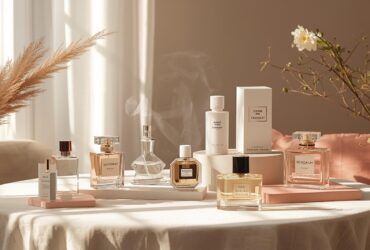
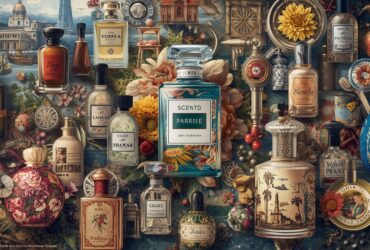

Leave a Reply